Sheet Metal Fabrication Service
Sheet metal fabrication is the process of transforming flat metal sheets into custom metal products and structural components. It typically involves a variety of forming techniques such as cutting, blanking, bending, and shaping, using both traditional and modern manufacturing processes. Our capabilities include a wide range of cold stamping methods, die structures, and process parameters, as well as a deep understanding of equipment operation principles and advanced stamping technologies. Whether for prototyping or mass production, we are fully equipped to deliver high-quality, precision sheet metal parts tailored to your specifications. Over the years, we have produced a large number of custom sheet metal components for various industries. If needed, we can provide examples for your reference.
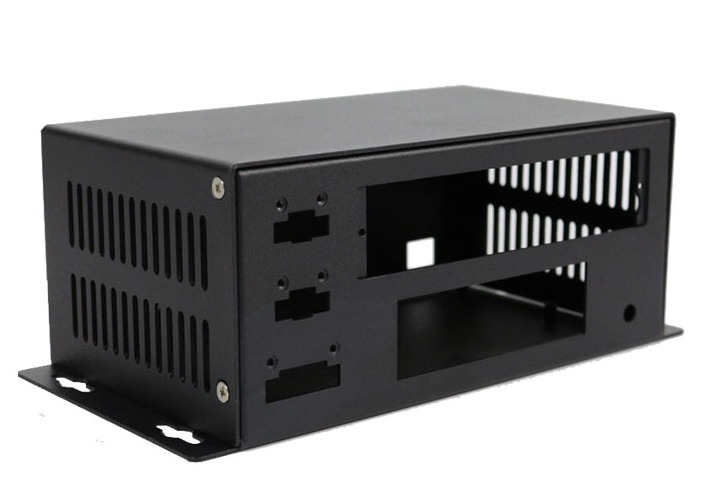
Black Welding Cabinet
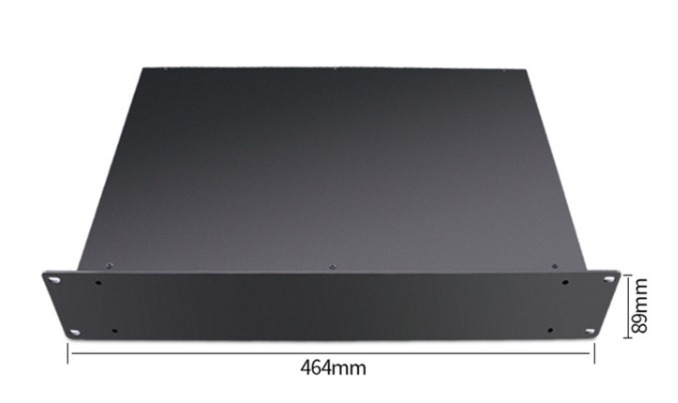
Alunimum Stamping Enclosure
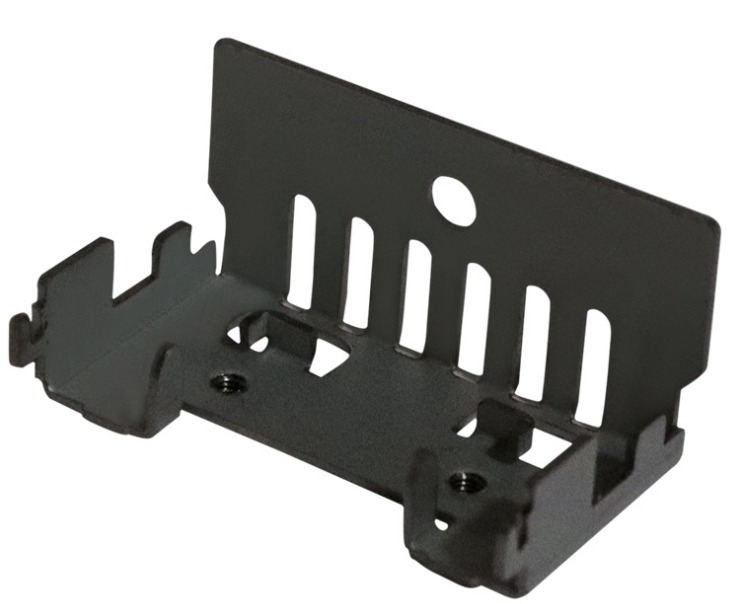
Sheet Metal Fabrication
Sheet Metal Fabrication Process
Cutting
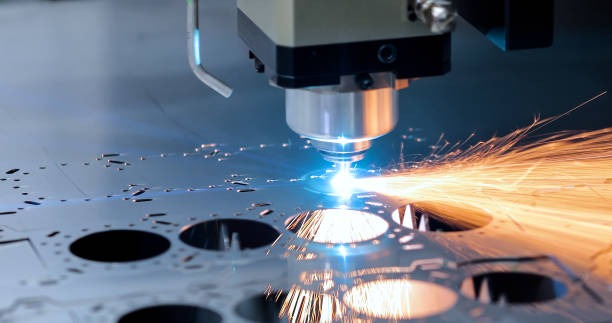
Cutting is the first and most essential step in the sheet metal fabrication process. It involves removing material from sheet metal to form specific shapes or dimensions based on design requirements. Common cutting methods include shear cutting (such as blanking, shearing, and punching) and non-shear cutting (such as laser cutting, plasma cutting, and waterjet cutting). Among them, laser cutting is widely used for its high precision, clean edges, and ability to create complex geometries with minimal material waste.
At our facility, we choose the most suitable cutting technique according to material type, thickness, and part geometry to ensure high efficiency and quality in production.
Forming
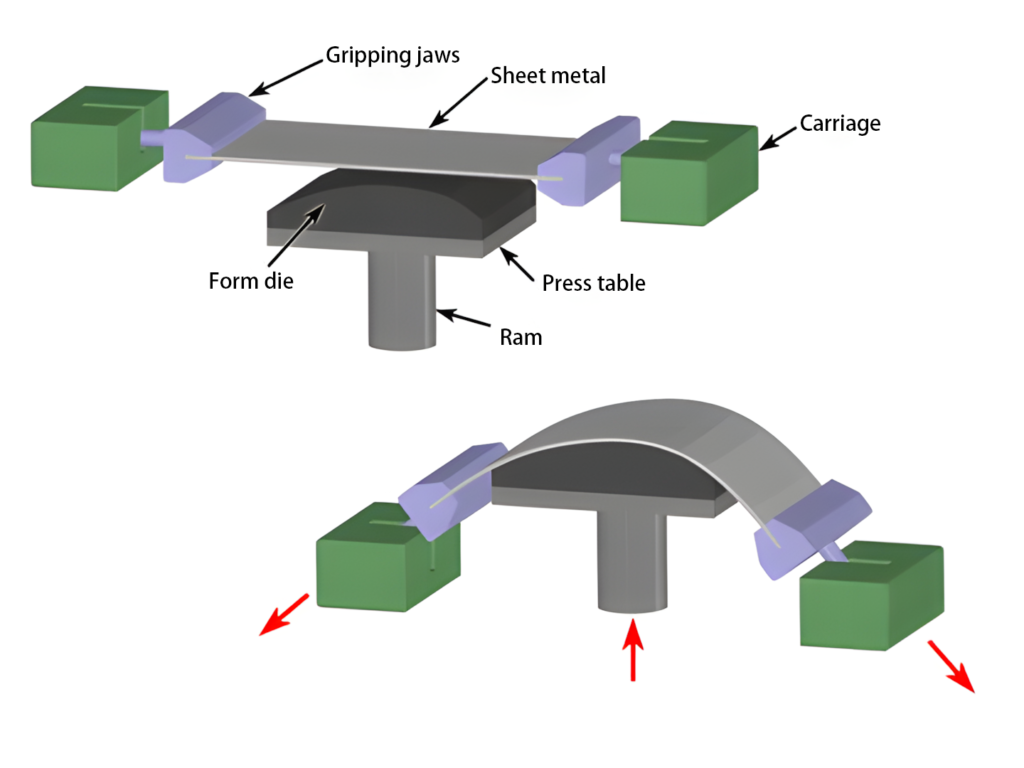
Forming is a key stage in sheet metal fabrication that reshapes metal sheets into desired geometries without removing material. Unlike cutting, which separates or removes parts of the sheet, forming relies on mechanical force and specialized tooling to bend, stretch, stamp, or roll the metal into the required shape.
Stamping

Stamping (also known as pressing) is a manufacturing process in which flat sheet metal, in either blank or coil form, is placed into a stamping press where a tool and die surface forms the metal into a desired net shape. This process encompasses a wide range of sheet metal forming operations, such as punching, blanking, embossing, bending, flanging, and coining, typically performed using a mechanical or hydraulic press. Stamping can be a single-stage operation, where each stroke of the press produces the complete part shape, or a multi-stage process, where the part is gradually formed through multiple steps. While stamping is primarily applied to sheet metal, it can also be used with other materials such as polystyrene. In progressive die stamping, material is typically fed from a coil. The process involves a coil reel for unwinding, a straightener to level the coil, and a feeder that advances the material into the press at a predetermined feed length. The complexity of the part determines the number of stations within the die, allowing for high-speed and high-volume production with excellent repeatability and precision.
Bending

Bending is a key forming process in sheet metal fabrication, used to deform a metal sheet along a straight axis without changing its volume. It allows flat sheet metal to be transformed into components with angles, flanges, or complex shapes, which are essential in creating enclosures, brackets, frames, and structural parts. This process is commonly carried out using press brakes or other bending machines equipped with dies and punches. The precision of the bending process depends on factors such as material type, thickness, bend radius, and die design. With CNC-controlled equipment, we can ensure consistent and accurate bends even on complex or high-tolerance parts, supporting both prototype and high-volume production.
Joining
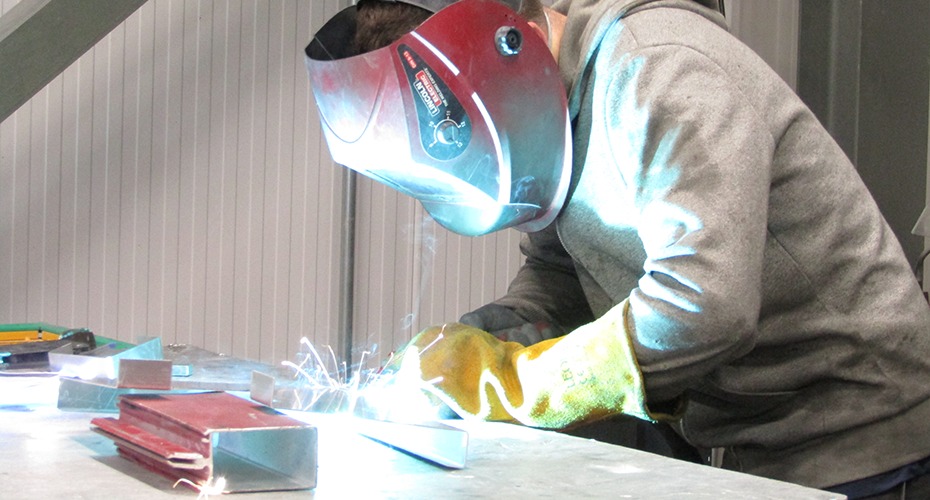
Joining is a critical step in sheet metal fabrication that involves assembling two or more metal components to form a final product or sub-assembly. This process enhances the structural integrity of complex parts and enables the creation of large or multi-functional assemblies. Depending on material types, product requirements, and cost considerations, a variety of joining techniques can be used. Common joining methods include:Welding,Fastening,Adhesive Bonding,Clinching or Riveting.We select the most suitable joining method based on material properties, structural needs, and production scale, ensuring reliability, strength, and cost-effectiveness.
Material Option
Excellent electrical conductivity, highly ductile and malleable, ideal for components requiring both electrical performance and corrosion resistance.
High strength and excellent durability; suitable for structural and load-bearing parts in demanding industrial applications.
Exceptional transparency with over 92% light transmittance, offers good surface gloss, high surface hardness, excellent color expression, and strong weather and heat resistance, making it ideal for transparent or decorative panels.
Lightweight and corrosion-resistant; ideal for decorative components, precision fittings, and parts requiring good acoustic properties, such as speaker housings.
Offers greater strength than copper, a relatively low melting point, and excellent wear resistance, making it suitable for high-strength mechanical parts, turbine components, and cookware shells.
Why Do You Need Sheet Metal Fabrication?
Sheet metal fabrication offers a unique combination of advantages that make it essential across many industries. It is lightweight, strong, cost-effective, and has excellent electrical conductivity, making it suitable even for electromagnetic shielding. Thanks to its high formability and scalability, sheet metal is widely used in electronics, telecommunications, automotive, medical equipment, and consumer products. From computer cases and mobile phone enclosures to MP3 players, sheet metal parts are indispensable.
Sheet metal design is highly flexible, allowing engineers to develop multiple solutions based on different functionality requirements. Whether you need a single prototype or high-volume production, sheet metal fabrication offers short lead times comparable to 3D printing—yet with the advantage of being suitable for both prototyping and end-use parts.A wide range of surface treatments—such as powder coating, painting, galvanizing, anodizing, and plating—can enhance both appearance and corrosion resistance, meeting the needs of diverse application environments.Sheet metal can be fabricated from a wide variety of materials including mild steel, stainless steel, aluminum, brass, copper, and even acrylic, offering manufacturers broad design freedom.
Finishing Options
Custom parts can be finished in many ways that may cover purely aesthetic finishes or offer some form of protection to the part. Finishes should beautify and enhance the sophistication and functionality of any part.
Sheet metal fabricated parts are left in their original, as-manufactured state. Visible tooling marks and surface imperfections may be present, reflecting the natural result of the fabrication process.
Sandblasting is a surface finishing process that involves propelling fine abrasive materials—typically glass beads or sand—at high velocity onto the surface of a part using compressed air. This technique effectively removes surface contaminants, oxidation, rust, or previous coatings, while also refining the texture of the material.
The primary purpose of sandblasting is to create a smooth, uniform, and matte finish, which is ideal for enhancing surface adhesion before further processes such as painting, powder coating, or anodizing. It also helps to reveal surface defects and prepare the part for inspection or assembly.
Anodizing is a surface protection process in which metal parts are immersed in an electrolyte solution and an oxide layer is formed on the surface by applying an electrical current to the anode. This oxide layer significantly enhances the metal’s corrosion resistance, surface hardness, wear resistance, electrical insulation, and heat resistance, making the treated components more durable and reliable in demanding environments.
Powder Coating is a dry finishing process where electrically conductive sheet metal parts are coated with a fine, colored powder. The powder adheres to the surface through electrostatic (corona) discharge, and is then melted and cured under high temperature, forming a smooth, durable, and uniform protective layer. This finish offers excellent corrosion resistance, impact strength, and a wide range of color and texture options, making it ideal for applications requiring aesthetic appeal and surface durability—especially where wet painting may not achieve the desired effect.
Chrome Coating is an electroplating process that deposits a thin layer of chromium onto the surface of a metal part. This chrome layer provides not only a decorative, mirror-like finish, but also significantly enhances corrosion resistance, surface hardness, and overall wear performance, making it ideal for both aesthetic and functional applications.
Shenzhen T-One Precision Machinery Co.,Ltd(Shenzhen Branch)
Address:S4-04-046, New Asia Plaza 2013 Fashion Plaza (Commercial City), No. 3999, Longgang Avenue (Henggang Section), Huale Community, Henggang Street, Longgang District, Shenzhen
Tel.: +86 755 2849 8865
Email: joycechen.chp@bie-machiningparts.com
Shenzhen T-One Precision Machinery Co.,Ltd(Dongguan Factory)
Address: 3rd Floor, Building 1, Urban Yunchuang Valley, No. 6 Keji Road, Fenggang Town, Dongguan City, Guangdong Province
Tel.: +86 769 8190 0639